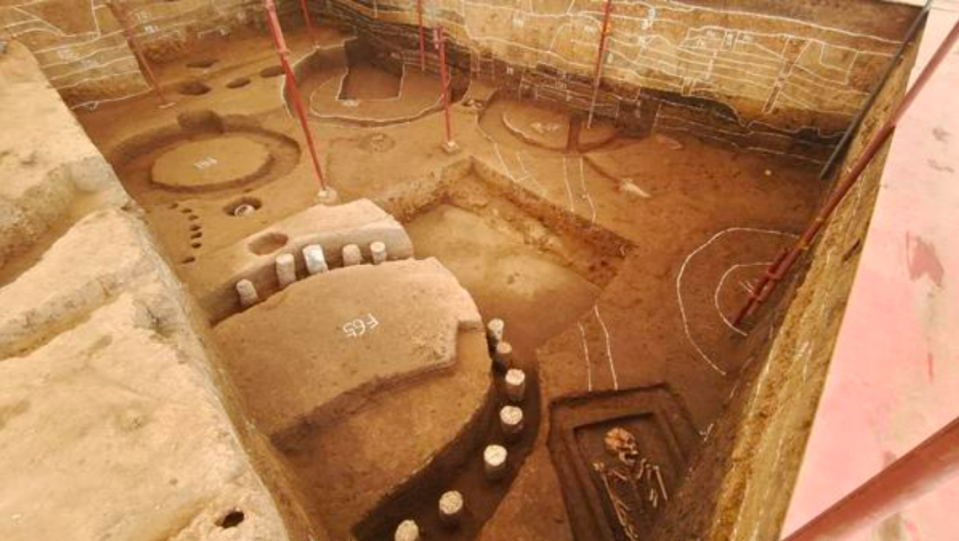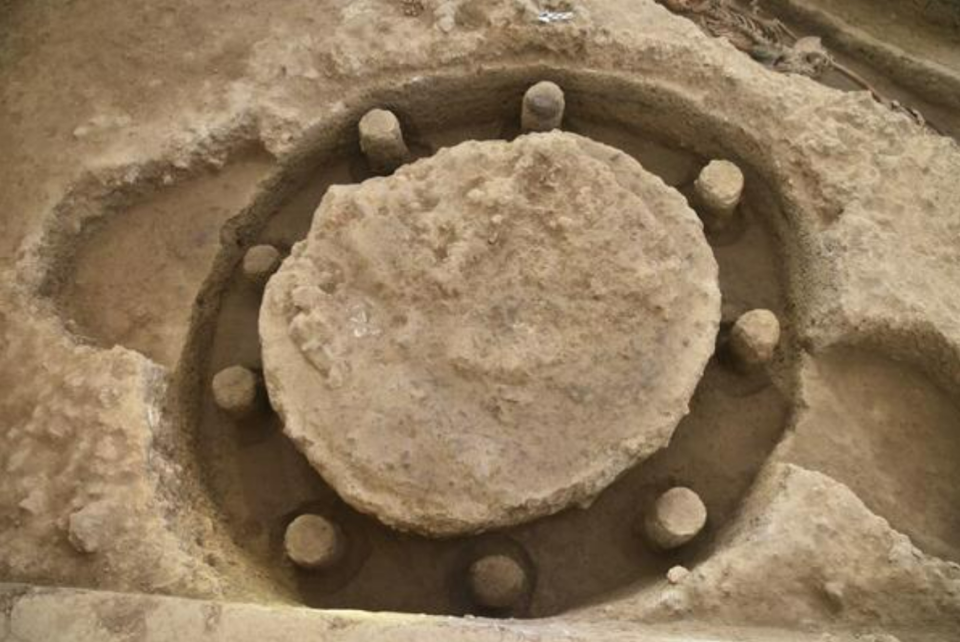Over a dozen 6,000-year-old storehouses — still filled with grain — uncovered in China
Over a dozen structures at a large-scale ancient industrial site have astonished archaeologists in China.
Archaeologists excavating the Huangshan site in Henan Province uncovered 16 granaries used for storing grains, the Culture and Tourism Department of Henan Province said in a Saturday, Dec. 10 release from the Xinhua News Agency.
The granaries are over 6,000 years old, dating back to China’s Yangshao period, experts said. The oval and circular structures were 7 to 10 feet wide with foundations, ground walls and moisture-proof cushioning, archaeologists said and photos show.

Some of the storehouses contained millet, a small-seeded grain, and rice, experts said. The rest of the site, however, showed few indications of agricultural production, archaeologist Ma Juncai said in the release. The site’s food reserves may have been supplied by trade or other sources.
Large-scale jade-making workshops, tombs, docs, and other relics were also found at the site, the release said. The finds illuminate the complexity of trade and wider society during the Yangshao period.

Huangshan in Henan Province is about 570 miles southwest of Beijing.
Google Translate and Baidu Translate were used to translate the news release from the Culture and Tourism Department of Henan Province.
Ostrich eggshells, carved ivory reveal ‘fabulous’ life at 2,800-year-old palace in Iraq
‘Monumental’ 5,000-year-old cemetery unearthed below stone pillars near lake in Kenya
Gold jewelry uncovered in Egypt could reveal more about life 3,000 years ago. See photos

